

A special seminar for disaster risk reduction was held in Aso from October 20th to 22nd, 2020, as part of the next-generation volcanologist training program.
The special seminars for disaster risk reduction have been held as opportunities for students of the program and practitioners in the fields of volcano disaster risk reduction and monitoring to understand the current state of volcano disaster risk reduction measures and to consider effective methods for disaster risk reduction. In addition to fundamental lectures on volcanic phenomena and disaster risk reduction, excursions to active volcanoes and general discussions took place over approximately three days. Special seminars for disaster risk reduction were held with Mt. Unzen and Mt. Ontake / Mt. Kusatsu-Shirane as case study examples in 2018 and 2019, respectively.
For this year's theme, discussions were held on sharing knowledge about volcanic phenomena and requests from practitioners to volcanologists, with Aso volcano, which represents a cutting-edge example of the "utilization of multi-parameter observation in volcano disaster risk reduction," as the field site in order to investigate "cooperation between volcanologists and practitioners." There were a total of 47 participants, including members of local municipalities (12 organizations), private companies (four companies), and national institutions (three institutions), as well as volcanologists and program students (11 individuals). This seminar was held after taking sufficient measures against the novel coronavirus.
In the morning of the first day, Professor Takeshi Nishimura (Tohoku University) gave an introductory explanation of the objectives of the seminar. Afterwards, Professor Mitsuhiro Nakagawa (Hokkaido University) lectured the "Fundamentals of volcanoes and eruptive phenomena," Professor Nishimura lectured "Observation of volcanoes," Associate Professor Yasuhito Jibiki (Tohoku University) lectured "Volcano disaster risk reduction as seen from the social sciences," and Specially Appointed Professor Noritake Nishide (Tohoku University / former Director of the Meteorological Agency) lectured "Volcano monitoring and volcano information." An evaluation questionnaire was given to evaluate the lecture content after each lecture.
The content of the lectures of this special seminar for disaster risk reduction was organized in consideration of the concept of "fundamental knowledge that volcanologists want practitioners overseeing volcano disaster mitigation to know." In order to match the needs of volcanologists and practitioners, the lecture content was evaluated in the form of a questionnaire addressing "what was already known" and "ease of understanding the content."
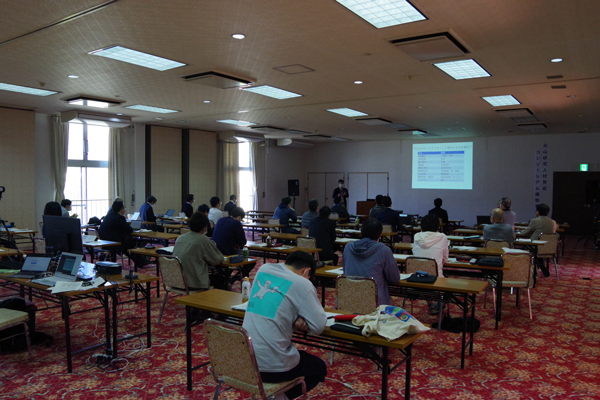

In the afternoon, staffs of local municipalities introduced their mission.
This introduction at this year's special seminar for disaster risk reduction involved the hosting of lectures on volcanoes, participation in training, and a summary of the assumed scenarios and outlines of the implementation of past drills (which may be sponsored by the participating volcano disaster prevention council). The purpose of these introduction was to identify what kind of information, knowledge, and understanding the people in charge of prefectural volcano disaster risk reduction currently have in place. Furthermore, each introduction also included suggested expectations and requests for volcanologists.
The organizations that provided introductions of mission were the following:
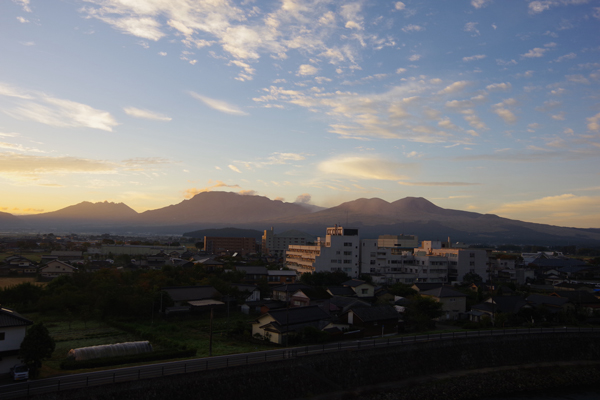
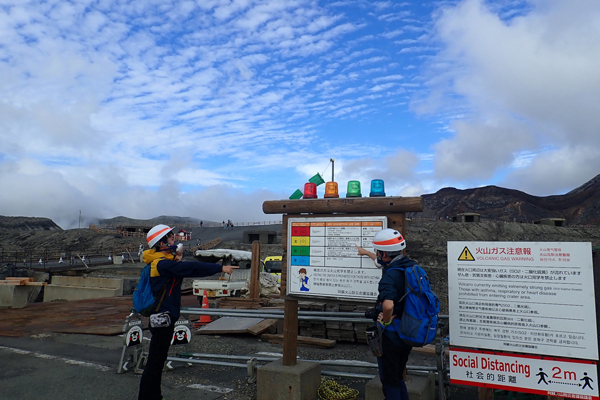
Next, four private companies participating in the Consortium for Human Resource Development in Volcanology (Asia Air Survey Co., Ltd.; NTT Docomo Inc.; Tokyo Electric Power Company Holdings, Inc.; Kyushu Electric Power Co., Inc.) presented topics related to volcano disaster prevention.
This was the first special seminar for volcano disaster risk reduction wherein private companies participated. Private companies presented topics on emergency photography, company-wide disaster response systems, and caldera monitoring under the common keyword of "wide area."
At the end of the first day, exercises were conducted for the Next Generation Volcano Research task number 3, "Development of information tools for volcanic disaster countermeasures." Exercises regarding how to respond in the event of a volcanic disaster were given to participants by Senior Researcher Yosuke Miyagi of the National Research Institute for Earth Science and Disaster Resilience (NIED) and by Senior Researcher Mitsuhiro Yoshimoto and Researcher Tomohiro Kubo of the Mount Fuji Research Institute (Yamanashi Prefectural Government).
In the morning of the second day, lectures and topics that were specialized to Aso volcano were given. First, lectures were given by Yasuo Miyabuchi (Kumamoto University) on the "Geology and eruption history of Aso volcano" and by Takahiro Okura (Aso Volcanological Laboratory, Kyoto University) entitled "Observations of Aso volcano." Next, topics related to the monitoring systems and disaster risk reduction measures of the volcanic activities of Mt. Aso, and the relationship between environmental conservation and tourism, were given by the Disaster Risk Reduction Management and Transportation Section of the Policy and Disaster Risk Reduction Division in the General Affairs Department of Aso City, the Mt. Aso Volcano Disaster Risk Reduction Contact Office of the Fukuoka Meteorological Observatory in the Japan Meteorological Agency, and the Aso-Kuju National Park Administration Office of the Ministry of Environment. Finally, there was a guidance of how to wear a gas mask for the afternoon excursion.
The group left for excursions in the afternoon. Excursions took place in the vicinity of the Nakadake crater with permissions from relevant organizations such as the Aso Volcano Disaster Prevention Council. Commentary related to recent eruptive activity was provided by Professors Okura and Miyabuchi, and explanations on the volcanic gas composition monitoring and evacuation system of Mt. Aso were given. The escape pit that was buried in the 2016 eruption was also visited. Afterwards, the group traveled to Komezuka and Kamikomezuka and observed a feature of volcanic topography called a scoria cone. After descending the mountain, the group visited the former Tokai University Aso campus, which at the time of the visit was only the remains of the area following the Kumamoto earthquakes. Finally, the group moved to Minami Aso Reconstruction Park near the Aso Volcanological Laboratory of Kyoto University, which is currently under restoration, and observed the outcrops, where explanations were given regarding how the landslides caused by the earthquake were affected by the volcanic ash.
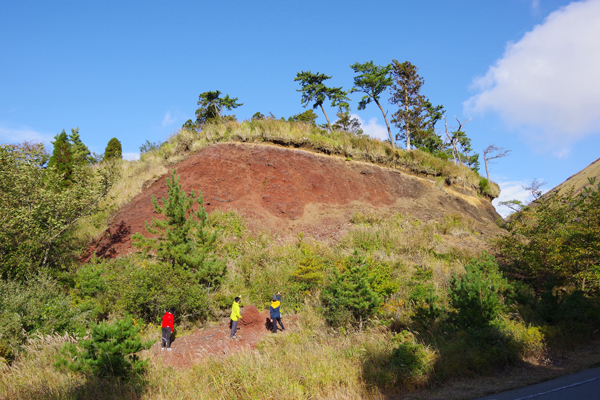
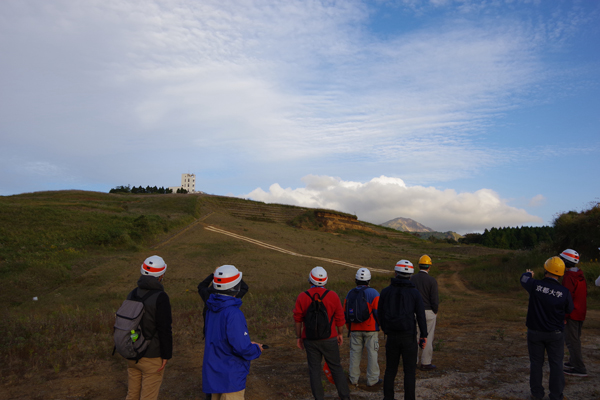
On the third and final day, a summary that looked back on the entire seminar was given. First, the students of the program presented the points and impressions from the individual students' points of view for each group. In addition, the aggregated results of the content evaluation of the lecture given on the first day were shown, and an overall discussion was held based on this. Further, the seminar was reviewed and discussed in terms of the next opportunities of the seminar. Finally, Professor Nishide gave closing remarks.